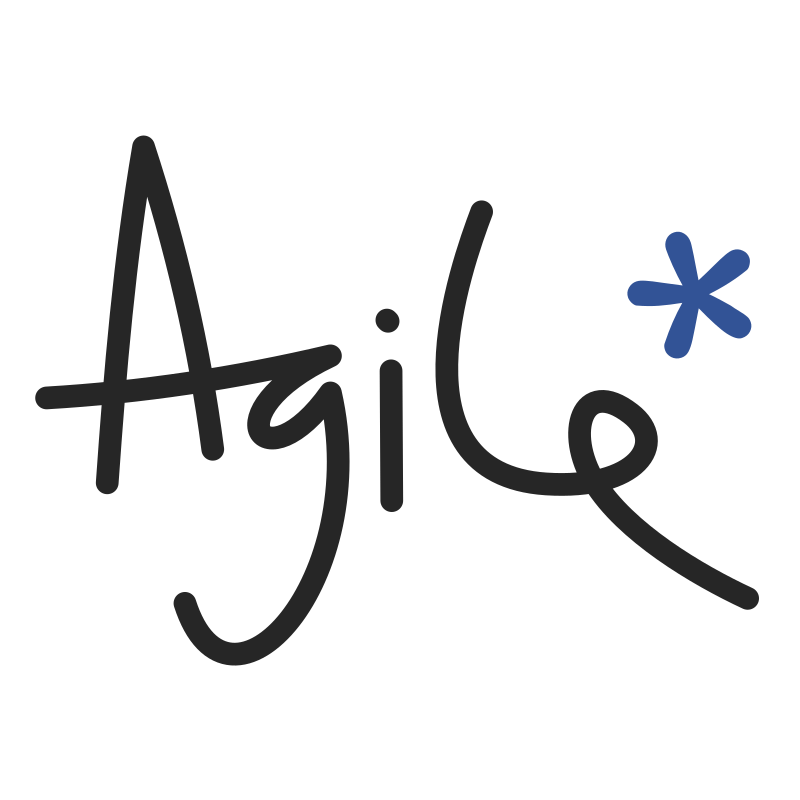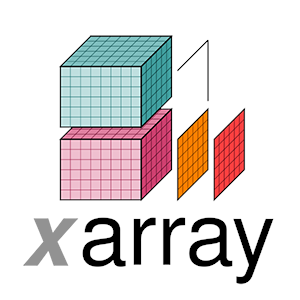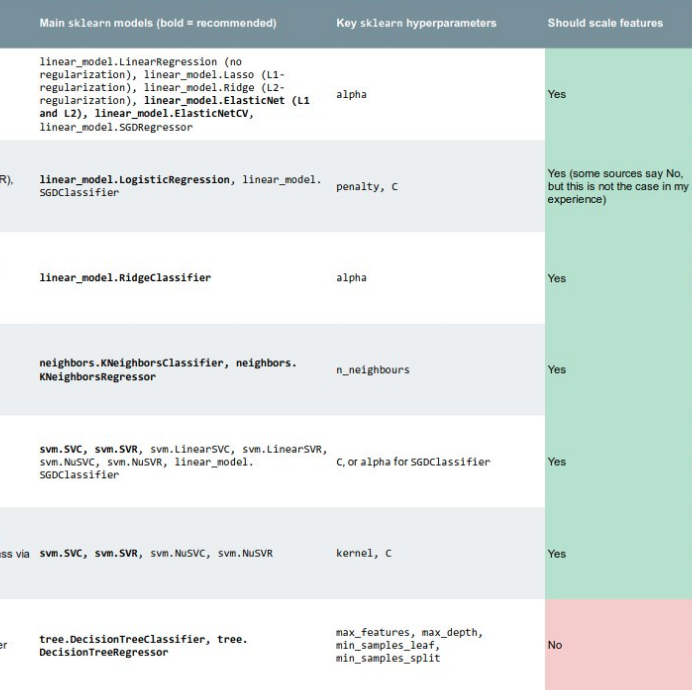Standards, streamers, and Sherlock
/Yesterday afternoon at the SEG Annual Meeting I spent some time with Jill Lewis from Troika and Rune Hagelund, a consultant. They have both served on the SEG Standards Committee, helping define the SEG-D and SEG-Y standards for field data and processed data respectively. The SEG standards are — in my experience — almost laughably badly implemented by most purveyors of data. Why is this? Is the standard too inflexible? Are the field definitions unclear? The confusion can lead to real problems: I know I've inadvertently loaded a seismic survey back to front. If you feel passionately about it, the committee is always looking for feedback.
 I wandered past a poster yesterday morning about land streamers. The last I'd seen of this idea — dragging a train of geophones behind a truck — was a U of C test at Priddis, Alberta, by Gabriella Suarez and Rob Stewart. I haven't been paying much attention, but this was the first commercial implementation I'd seen – a shallow acquifer study in Sweden, reported by Boiero et al. The truck has the minivibe source right behind it, and the streamer after that. Quicker than juggies!
I wandered past a poster yesterday morning about land streamers. The last I'd seen of this idea — dragging a train of geophones behind a truck — was a U of C test at Priddis, Alberta, by Gabriella Suarez and Rob Stewart. I haven't been paying much attention, but this was the first commercial implementation I'd seen – a shallow acquifer study in Sweden, reported by Boiero et al. The truck has the minivibe source right behind it, and the streamer after that. Quicker than juggies!
I don't know if this is a function of my recent outlook on conferences, but this was the first conference I've been to where all of the best things have been off-site. Perhaps the best part of the week was last night — a 3-hour geek-fest with Evan, Ben Bougher, Sam Kaplan, and Bernal Manzanilla. The conversation covered compressive sensing, stochastic resonance, acoustic lenses, and the General Inverse-Problemness of All Things.
As I mentioned last week, I hung out every day in the press room, waiting for wiki-curious visitors. We didn't have many drop-ins (okay, four), but I had some great chats with SEG staff, my friend Mike Stone, and a couple of other enthusiasts. I also started some fun projects to move some quality content into SEG Wiki. If you're at all interested in seeing a vibrant, community-driven space for geophysical knowledge, do get involved.

That's it for me this year; I'm writing this on the flight home. Evan is staying for the workshops and will report on those. As usual, I'm leaving with a lot of things to follow up on over the next weeks and months. I'm also trying to sift my feelings about the Annual Meeting, and especially the Exhibition. So many people, so much time, so much marketing...
































 Except where noted, this content is licensed
Except where noted, this content is licensed